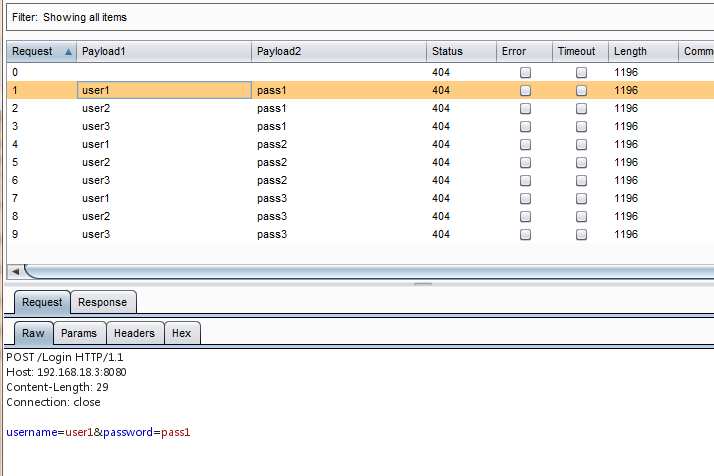
The following attack types are available: The attack type can be selected using the drop-down above the request template editor. To do this, configure the request template and payload markers in the usual way within Intruder, and then select "Audit defined insertion points" from the Intruder menu.īurp Intruder supports various attack types - these determine the way in which payloads are assigned to payload positions. Note: You can also use Intruder's payload positions UI to configure custom insertion points for scans by Burp Scanner.

This is useful, for example, when a multipart parameter value contains data in XML or JSON format. Note that if a sub-portion of the request, but not the whole message body, contains data formatted using XML or JSON, you can automatically position payloads within this structure by manually selecting the exact block of formatted data, and using the "Auto" button to position payloads within it. You can configure whether the automatic payload positions will replace or append to the existing parameter values, via an option on the Intruder menu. the filename in file uploads), XML data and element attributes, and JSON parameters. The automatic placement of markers places payloads into the value of various types of request parameter, including URL query string parameters, body parameters, cookies, multipart parameter attributes (e.g. If you have selected some text, markers are placed within the selected text only otherwise, they are placed throughout the whole request template.
Burp intruder attack types manual#
This is useful to quickly mark positions suitable for fuzzing, but manual positioning is required for more customized attacks. Auto § - This makes a guess as to where it might be useful to position payloads and places payload markers accordingly.Clear § - This removes all position markers, either from the entire template or from the selected portion of the template.If you have selected some text, a pair of markers are inserted enclosing the selected text. Add § - If no text is selected, this inserts a single payload marker at the cursor position.You can modify the default payload markers using the buttons next to the request template editor: When you send a request to Intruder from elsewhere within Burp, Intruder makes a guess at where you are likely to want to place payloads, and sets payload markers accordingly. You can place payload markers manually or automatically. To make the configuration easier, Intruder automatically highlights each pair of payload markers and any enclosed text between them.

When a payload position does not have an assigned payload, the markers are removed but the enclosed text remains unchanged. When a payload position is assigned a payload, both the markers and any enclosed text are replaced with the payload. Payload markers are placed using the § character, and function as follows:Įach pair of markers designates a single payload position.Ī pair of markers may optionally enclose some text from the template request between them. This will send the selected request to a new tab in Intruder, and will automatically populate the Target and Positions tabs.

The easiest way to set up the request template is to select the request you want to attack anywhere within Burp, and choose the "Send to Intruder" option on the context menu. For each attack request, Burp takes the request template, and places one or more payloads into the positions defined by the payload markers. The main request editor is used to define the request template from which all attack requests will be derived.

This tab is used to configure the request template for the attack, together with payload markers, and the attack type (which determines the way in which payloads are assigned to payload positions).


 0 kommentar(er)
0 kommentar(er)
